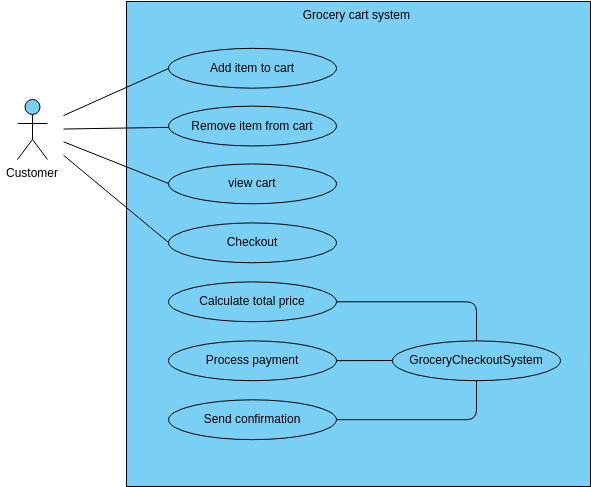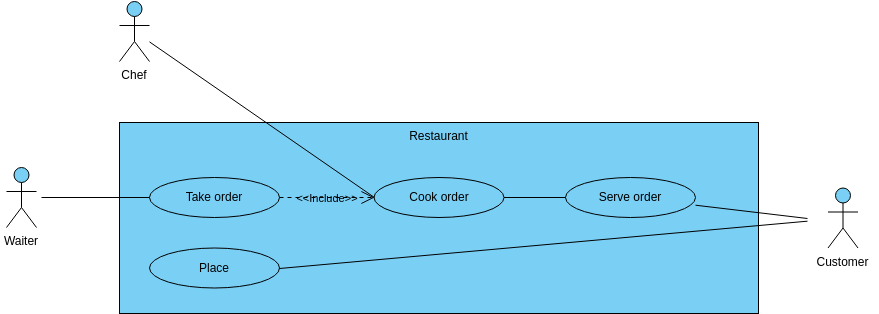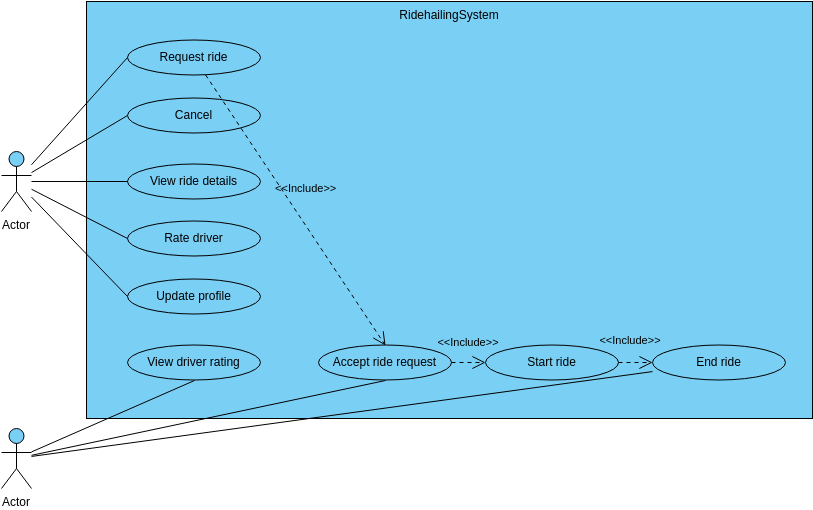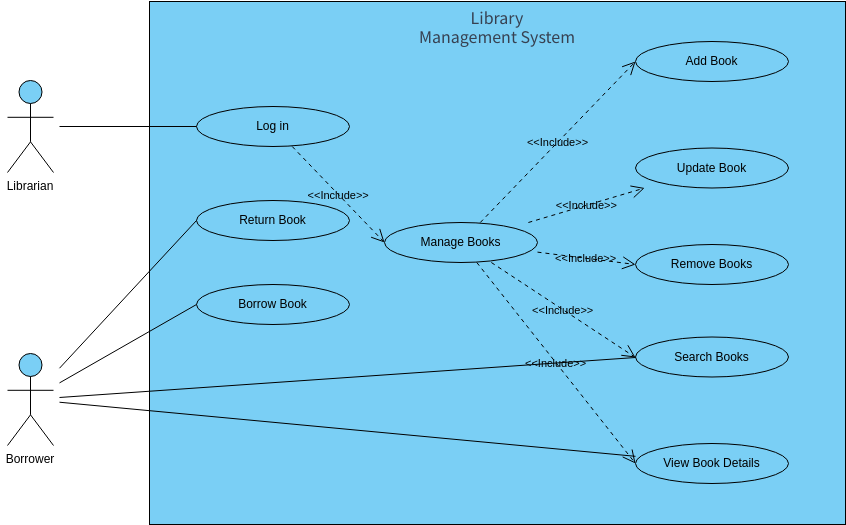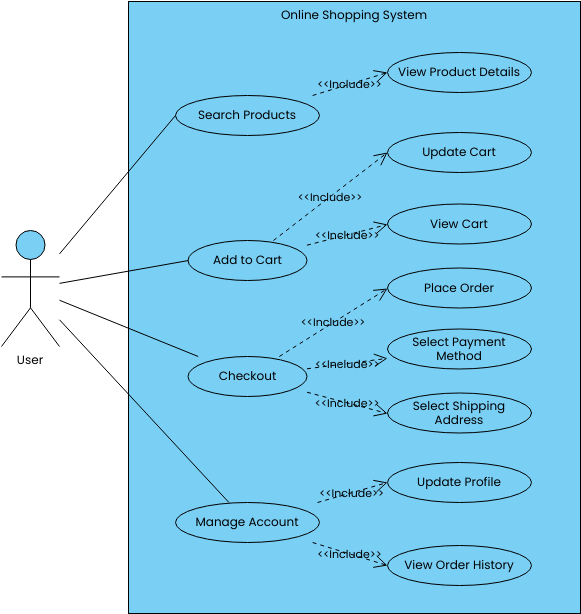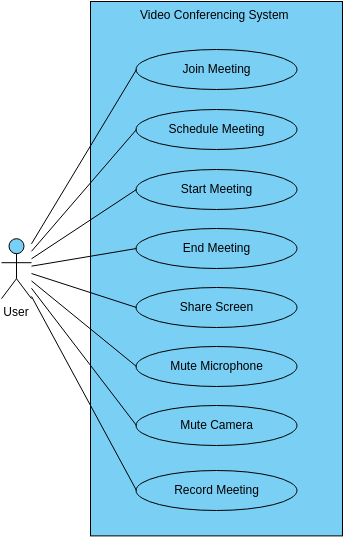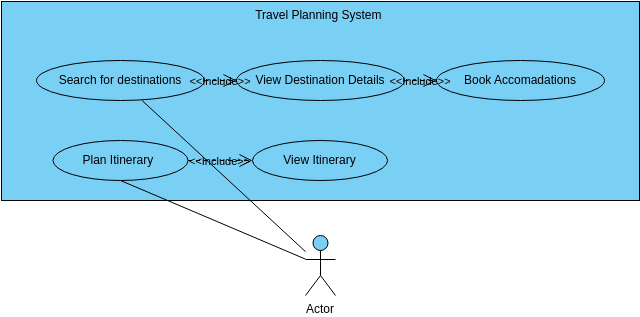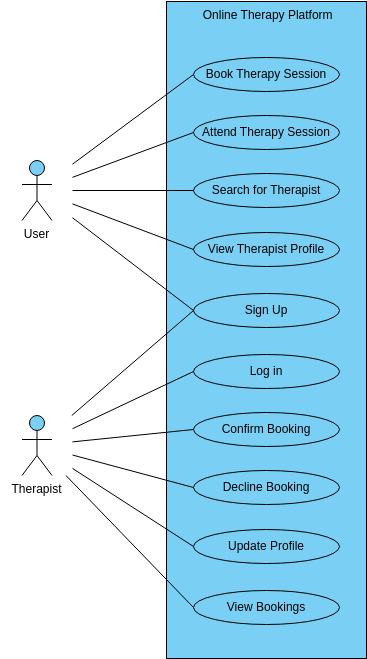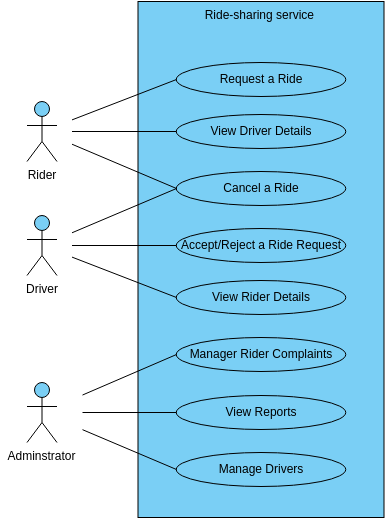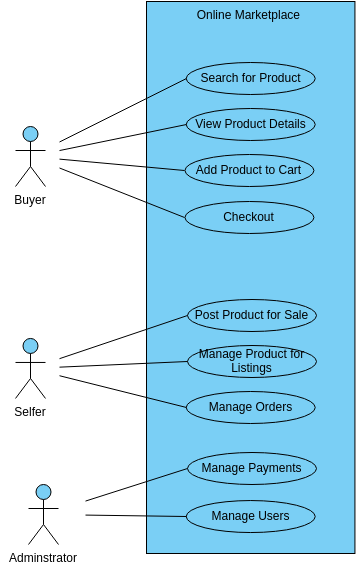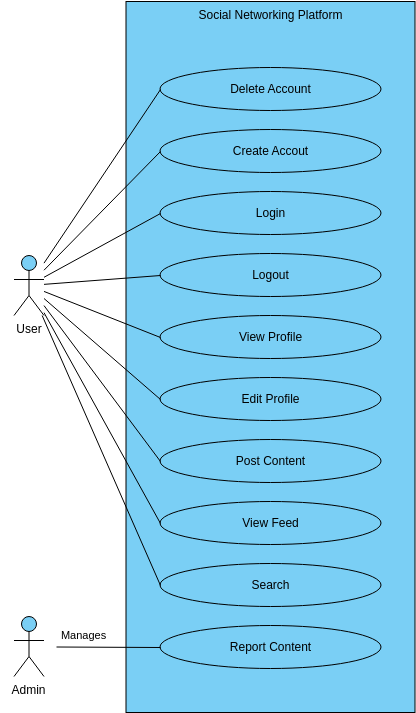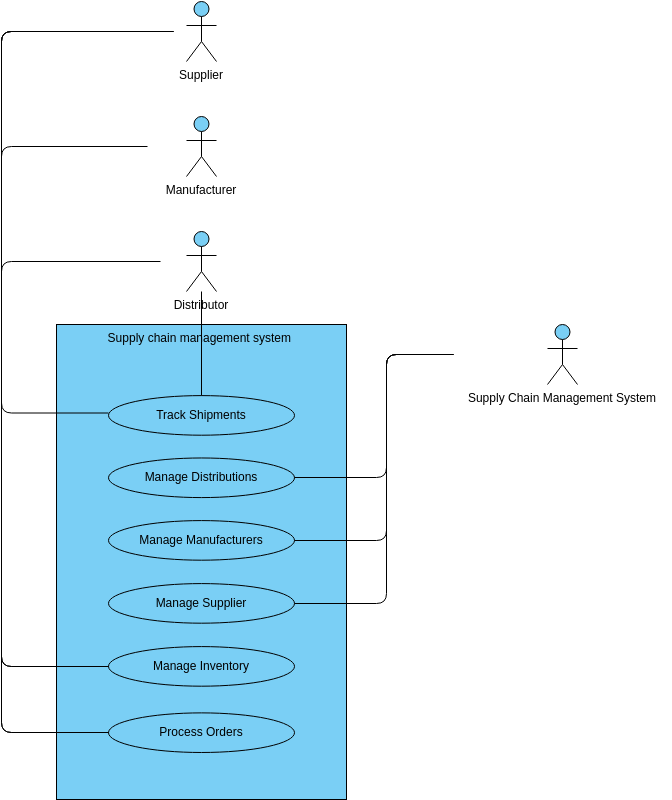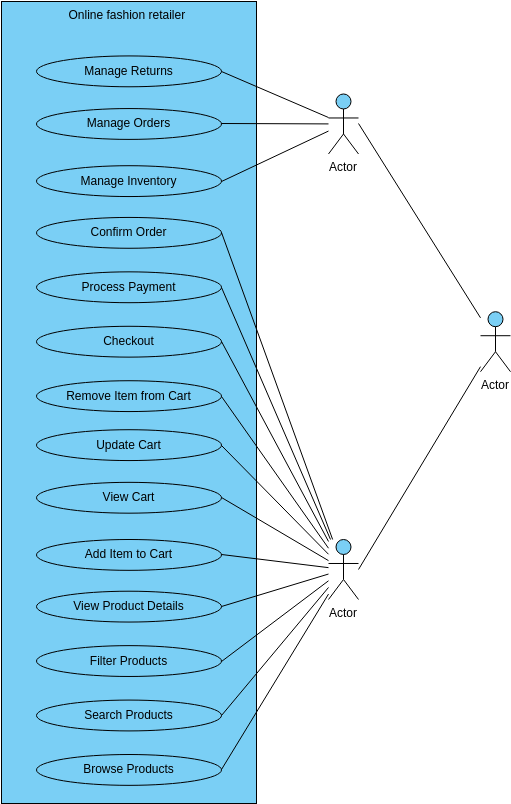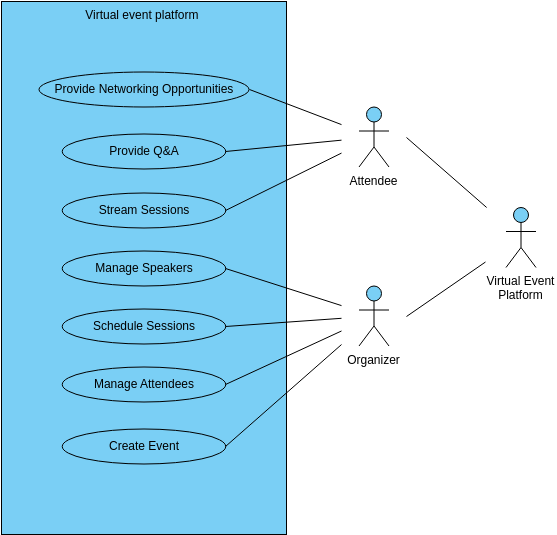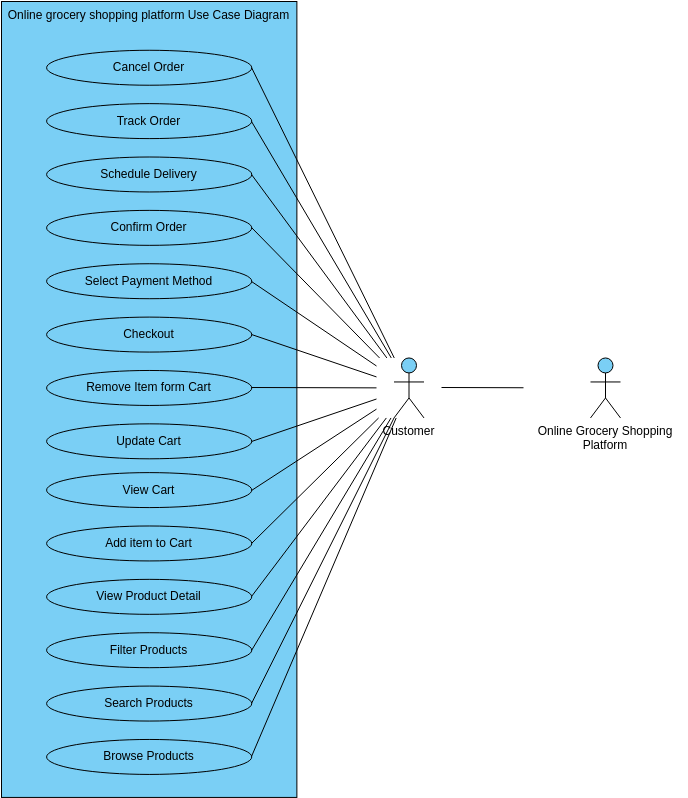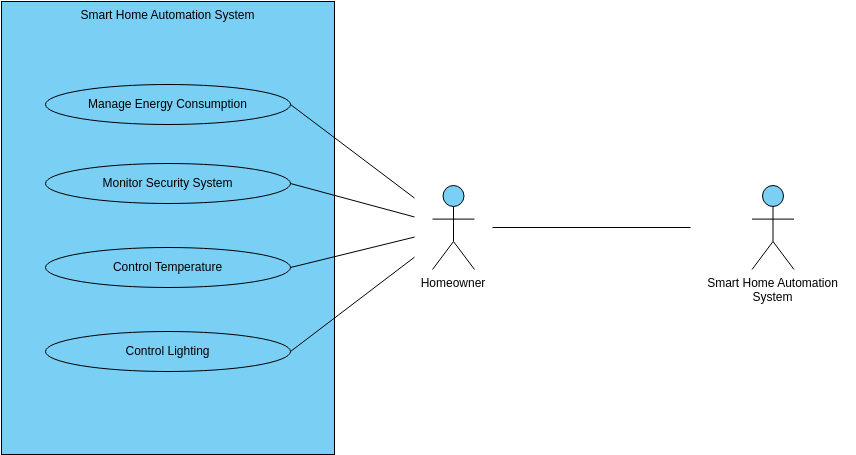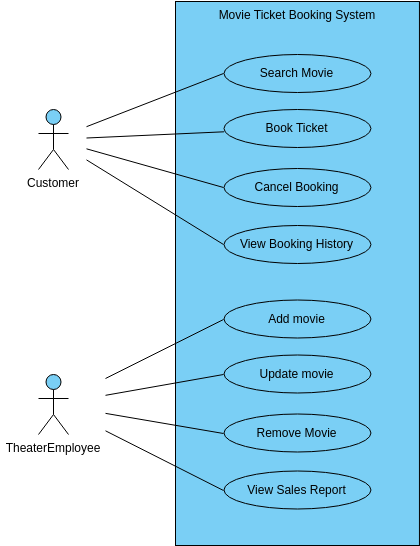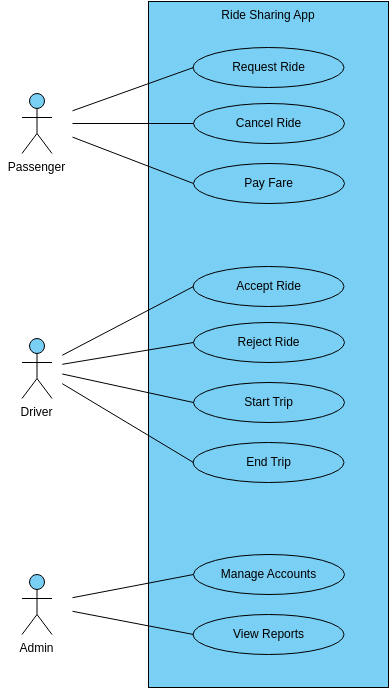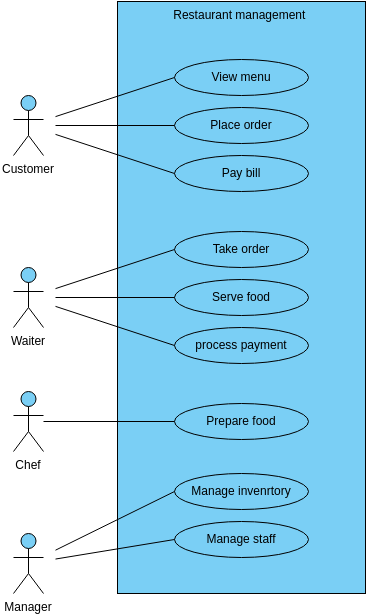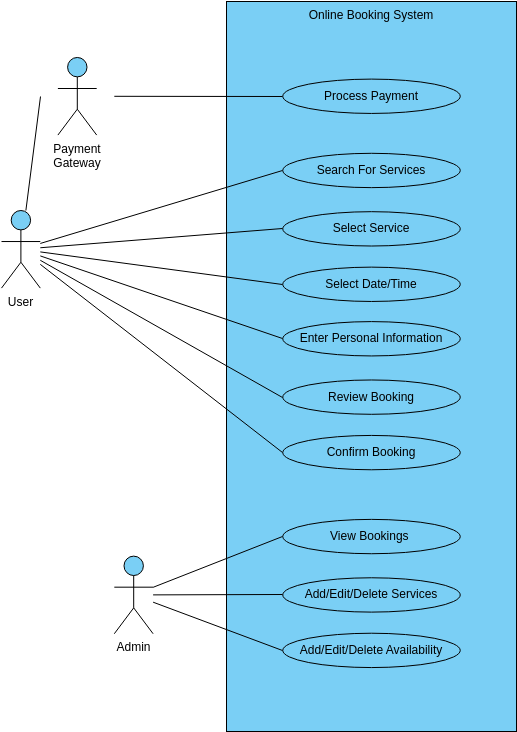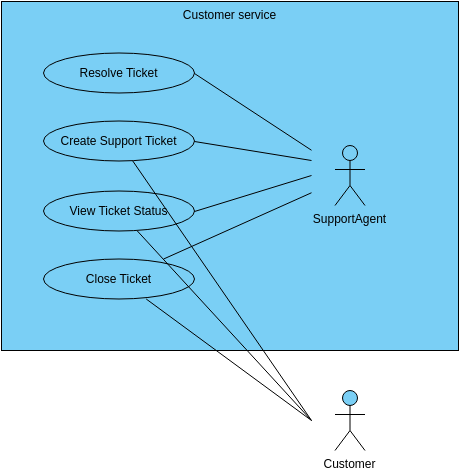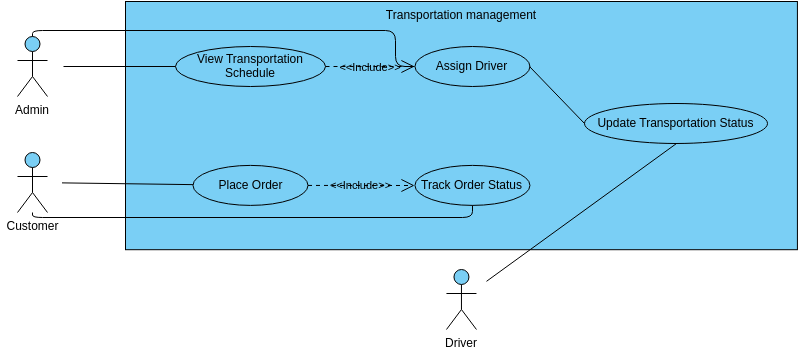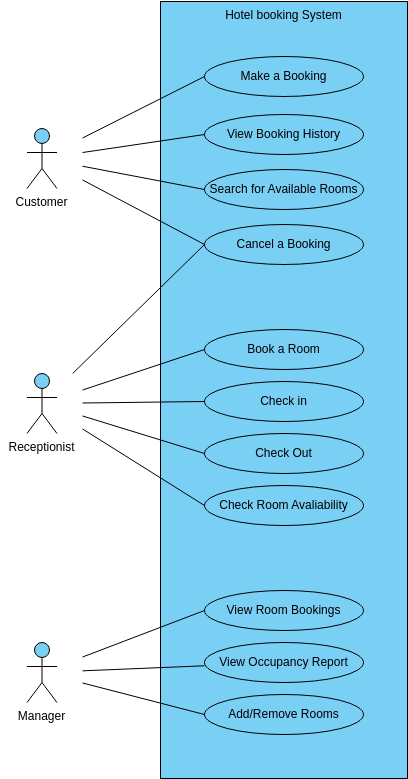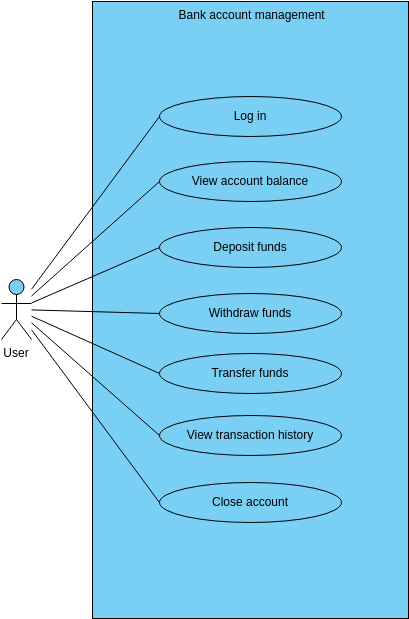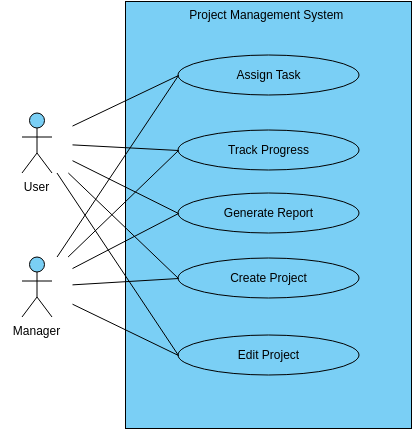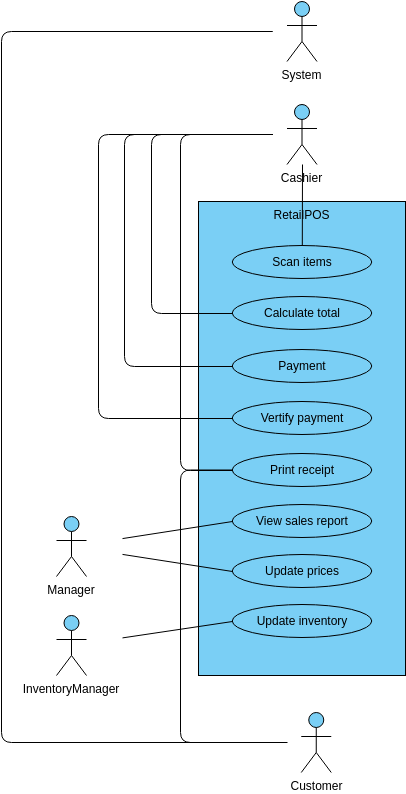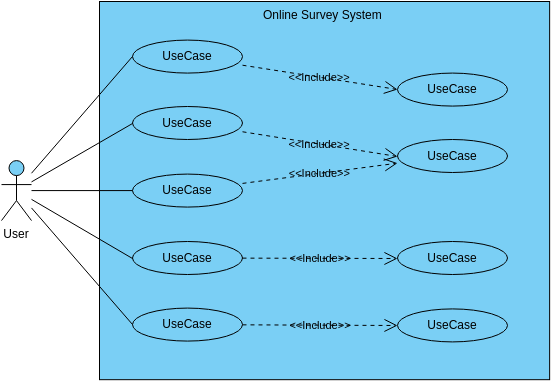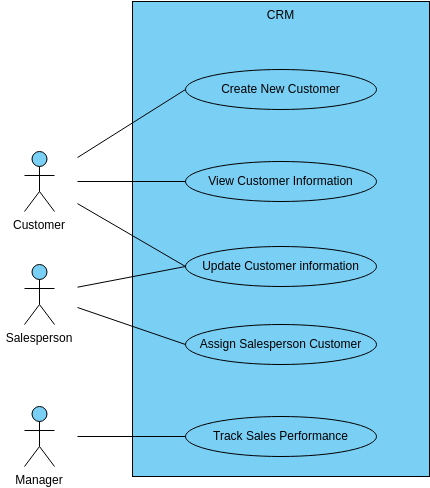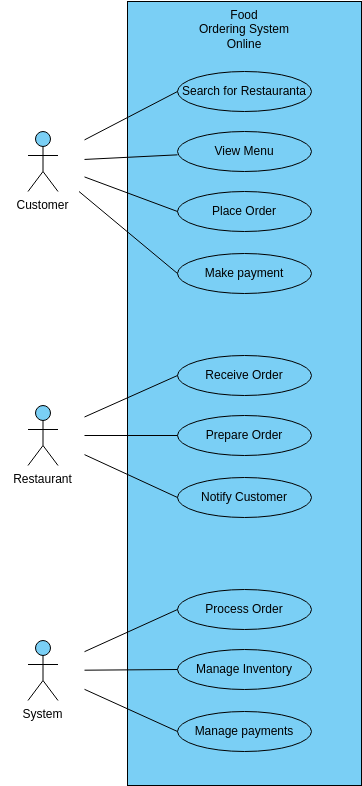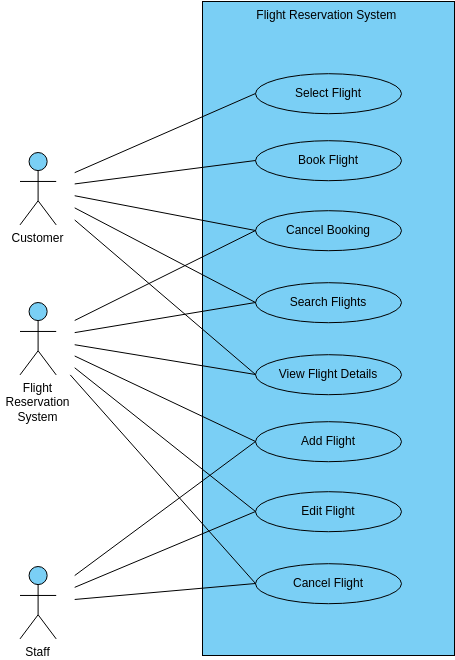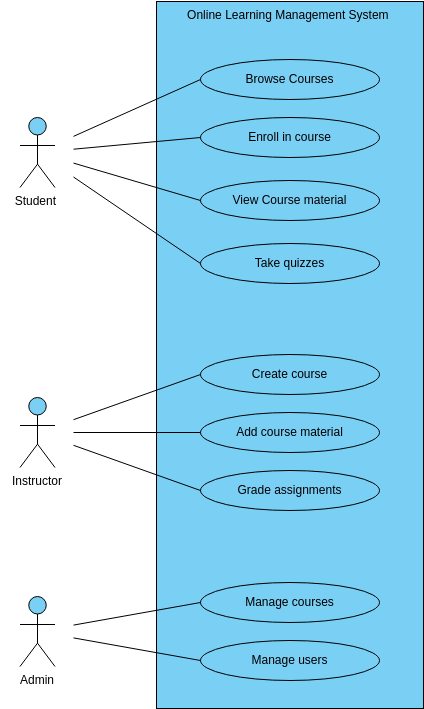A Use Case Diagram Binary Relation is a relationship between two use cases that indicates that they are related in some way. In this case, we have two use cases called "Transaction Manager." This suggests that both use cases are related to managing transactions, but there may be differences in how they are managed or who is responsible for managing them.
The descriptions for each of the Transaction Manager use cases would provide more information about the specific details of each use case. For example, one Transaction Manager use case might involve managing transactions related to customer purchases, while the other might involve managing transactions related to internal financial operations. Each use case would have its own set of steps and actors involved in managing the transactions that fall under its purview.
It is also possible that the two Transaction Manager use cases are related in some way, such as one use case being a sub-use case of the other. In this case, one Transaction Manager use case might represent a higher-level use case that encompasses the other use case. For example, one Transaction Manager use case might be responsible for managing all financial transactions for the company, while the other is responsible for managing transactions related to a specific department within the company.
Ultimately, the use of a Use Case Diagram Binary Relation suggests that there is some relationship between the two Transaction Manager use cases, but the specifics of that relationship are not clear from the diagram alone. To fully understand the relationship between the two use cases and their respective roles in managing transactions, additional information would need to be provided, such as detailed descriptions of each use case or a more comprehensive system design document.
Pros of creating this diagram
Creating a Use Case Diagram Binary Relation provides several benefits in the process of developing a software system. One of the main benefits is that it helps to identify relationships between different use cases and ensure that all stakeholders have a shared understanding of how the system will function. By representing the relationship between the two Transaction Manager use cases in the diagram, stakeholders can more easily discuss and agree on the roles and responsibilities associated with managing transactions in the system.
Another benefit of creating a Use Case Diagram Binary Relation is that it helps to guide the development process and ensure that the system is designed in a way that is both efficient and effective. By identifying the relationship between the two Transaction Manager use cases, developers can design the system in a way that optimizes each use case for maximum efficiency. Additionally, by identifying the actors or stakeholders involved in each use case, developers can design the system with their needs and preferences in mind. This can help to ensure that the system is user-friendly and meets the needs of its users.

